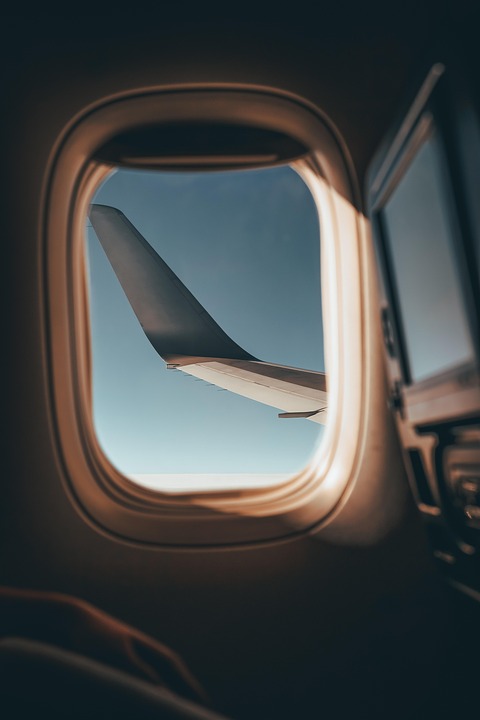Frequent Flyer Programs: Are Airlines Offering More Value?
In recent years, frequent flyer programs (FFPs) have captured significant attention in airline news, spurring debates about their efficacy and value proposition for regular travelers. As more travelers take to the skies, it raises an important question: Are airlines genuinely offering more value through their loyalty programs, or are they merely marketing tools? In this article, we’ll explore the current landscape of FFPs, analyze recent trends, and help discerning travelers navigate this intricate web of airline offerings.
The Evolution of Frequent Flyer Programs
Historical Context
Frequent flyer programs originated in the 1980s as airlines sought to foster customer loyalty. Initially, these programs were relatively straightforward; travelers earned points simply by accruing miles. However, the evolution of these programs has become complex, offering travelers a myriad of earning opportunities, rewards structures, and tiers of membership.
Modern Trends in FFPs
As of 2023, the landscape has undergone a transformation. Nowadays, airlines are enhancing their frequent flyer programs to become more competitive. A recent study indicated that 75% of frequent travelers prioritize earning loyalty points in their travel plans. This statistic sheds light on how essential these programs have become in consumers’ decision-making processes.
The Value Proposition of Loyalty Programs
Are Airlines Offering More Now?
Recent data from the International Air Transport Association (IATA) reveals that nearly 50% of travelers believe that the value of loyalty programs has improved over the past five years. Airlines have responded to evolving consumer preferences by diversifying their offerings. Here’s how:
-
Diverse Earning Opportunities: Many airlines allow passengers to earn points not just through flying, but also through hotel stays, car rentals, and even everyday purchases via partnerships with retailers. For example, Delta’s partnership with Lyft allows travelers to earn miles for rides booked through the app.
- Premium Tiers of Membership: Airlines are increasingly offering premium tiers that unlock exclusive benefits, such as upgrades, access to priority boarding, and lounge access. For example, United Airlines introduced its “Global Services” membership, which offers personalized services and support for its most loyal travelers.
Comparing Value Among Airlines
When examining program changes across the industry, key differentiators have emerged:
-
Redemption Options: Airlines have expanded redemption options from just flights to include hotel stays, car rentals, and experiences like concert tickets or dining experiences.
- Ease of Use: Application of points has been simplified, with several airlines like American Airlines offering low-cost flights for fewer points during routes that are less traveled.
Example: JetBlue’s Transformation
JetBlue has also revamped its TrueBlue loyalty program, allowing members to earn points based on fare dollars spent, rather than miles flown. This approach appeals to both business and leisure travelers, ensuring that those who invest more in airline fares earn rewards that reflect their loyalty.
Analyzing the Competitive Landscape
Market Dynamics
The rise of low-cost carriers has intensified competition in the airline industry, prompting legacy airlines to rethink their frequent flyer programs. With an increased focus on enhancing the customer experience, airlines must strike a balance between offering attractive rewards and maintaining operational efficiency. According to recent reports, nearly 40% of travelers would consider switching airlines for a better loyalty program.
Member Retention Strategies
Airlines are using data analytics to enhance their loyalty programs. By understanding consumer behavior, airlines tailor offers that resonate with specific demographics. For example, younger travelers are often targeted with experiential rewards, while business travelers may receive offers for upgrades and business-class travel.
Final Thoughts
As frequent flyer programs continue to evolve, they undeniably play a crucial role in the airline industry landscape. While many airlines are investing in these programs, travelers must take a discerning approach when evaluating these offerings. Is there true value, or merely a marketing facade?
Overall, frequent flyer programs can offer incredible benefits for loyal travelers, but it’s essential to assess how the dynamics of each program fit your travel habits and lifestyle.
Conclusion
In conclusion, keeping abreast of airline news regarding frequent flyer programs will help navigate the complexities of rewards systems. As airlines innovate their offerings, savvy travelers are better positioned to maximize their loyalty benefits. Check out our articles on "Top Tips for Maximizing Airline Miles" and "The Impact of Airline Partnerships on Frequent Flyer Programs" on buzzo.live for more insights.
For reliable and in-depth industry reporting, visit Business Traveler and The Points Guy for the latest updates and analyses on airline loyalty programs.

Alt Text: Airline News on Frequent Flyer Programs

Alt Text: Airline News and Frequent Flyer Loyalty Programs


